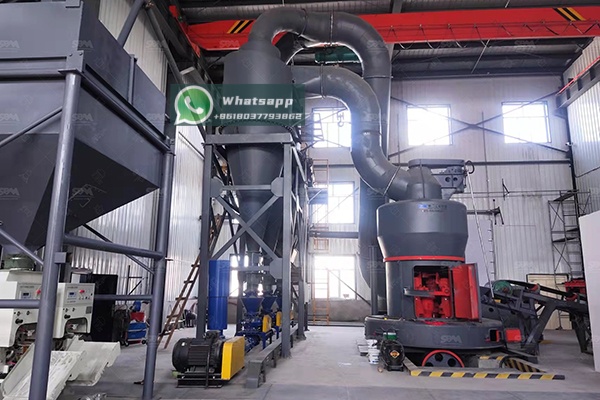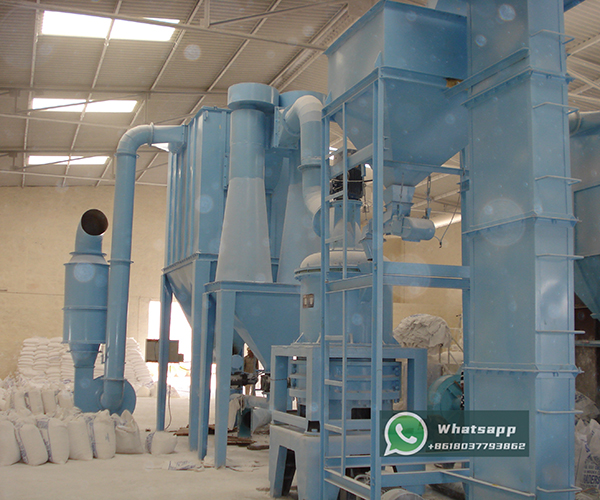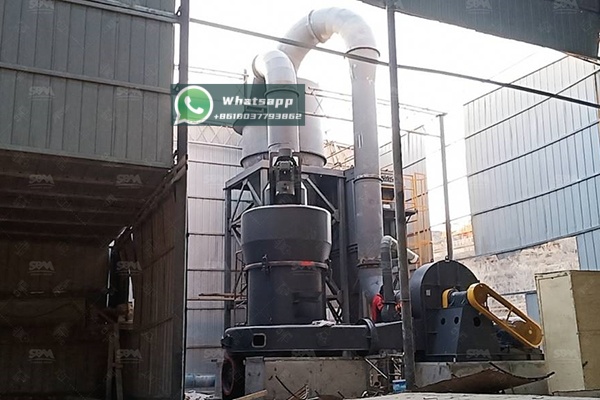The gold mining industry continuously seeks innovative approaches to enhance recovery rates and operational efficiency. One of the most critical advancements in recent years has been the application of ultrafine grinding technology to activated carbon used in the gold adsorption process. This technical article explores the scientific principles, operational benefits, and technological requirements for implementing ultrafine activated carbon in gold recovery circuits.
Carbon-in-Pulp (CIP) and Carbon-in-Leach (CIL) represent the predominant methods for gold recovery in the modern mining industry. These processes utilize activated carbon’s exceptional adsorption properties to extract gold from cyanide leach solutions. The efficiency of these systems is fundamentally dependent on the physical and chemical characteristics of the activated carbon employed, particularly its particle size distribution and surface area accessibility.
Traditional carbon particles typically range from 1.0 to 3.0 mm in size, which provides adequate adsorption capacity but suffers from limitations in kinetics and mass transfer efficiency. The diffusion of gold-cyanide complexes into carbon pores represents the rate-limiting step in the adsorption process. By reducing carbon particle size to ultrafine dimensions (<20 microns), we can dramatically increase the available surface area and reduce diffusion path lengths, thereby accelerating adsorption kinetics.

Activated carbon derives its adsorptive power from its extensive internal pore structure, which typically includes macropores (>50 nm), mesopores (2-50 nm), and micropores (<2 nm). The gold-cyanide complex [Au(CN)₂]⁻ primarily adsorbs in mesopores and the larger micropores. When carbon particles are reduced to ultrafine dimensions, several beneficial effects occur simultaneously:
Research has demonstrated that reducing activated carbon particle size from conventional ranges (1-3 mm) to ultrafine specifications (5-20 microns) can improve gold loading rates by 300-500% while maintaining comparable equilibrium loading capacities.
Producing activated carbon with consistent ultrafine particle size distributions presents significant technical challenges that conventional grinding equipment cannot adequately address. The unique properties of activated carbon—including its abrasiveness, low bulk density, and tendency to generate heat during comminution—require specialized grinding solutions.
Key technical considerations include:
Conventional ball mills and hammer mills are generally unsuitable for producing ultrafine activated carbon with the required specifications. These traditional technologies typically generate excessive heat, introduce metallic contamination, and lack the precision to achieve consistent sub-20 micron distributions. The mining industry requires advanced grinding technologies specifically engineered for ultrafine applications.

Shanghai Zenith Machinery Co., Ltd., an excellent manufacturer of ore grinding equipment in China, has made great achievements in the field of ultra-fine powder grinding. After extensive research and development, Zenith has introduced specialized grinding solutions ideally suited for activated carbon processing in gold recovery applications.
For gold mining operations seeking to implement ultrafine activated carbon technology, the LUM Ultrafine Vertical Mill represents the optimal grinding solution. This advanced mill integrates grinding, drying, classifying, and transportation functions in a single compact unit, offering exceptional performance for activated carbon processing.
The LUM series incorporates several patented technologies that address the specific challenges of carbon grinding:
| Model | Main Machine Power (kW) | Capacity (t/h) | Size Distribution D97 (μm) | Specific Surface Area Increase |
|---|---|---|---|---|
| LUM1525 | 220-250 | 1.6-11.5 | 5-30 | 300-400% |
| LUM1632 | 280-315 | 2.0-13.5 | 5-30 | 300-400% |
| LUM1836 | 355-400 | 2.3-15 | 5-30 | 300-400% |
For operations with varying production requirements, the XZM Ultrafine Grinding Mill offers exceptional flexibility for activated carbon processing. This mill is widely used for superfine powder production and can achieve output fineness ranging from 325 to 2500 mesh, making it suitable for both standard and specialized carbon applications.
| Model | Working Diameter (mm) | Max Feed Size (mm) | Final Size (mesh) | Output (kg/h) | Main Motor Power (kW) |
|---|---|---|---|---|---|
| XZM221 | Φ800 | ≤20 | 325-2500 | 500-4500 | 75 |
| XZM268 | Φ1680 | ≤20 | 325-2500 | 5000-25000 | 315 |
The implementation of ultrafine activated carbon produced by advanced grinding technologies delivers substantial benefits throughout the gold recovery circuit:
Case studies from operations that have transitioned to ultrafine carbon technology report overall gold recovery improvements of 2-5%, with some sites achieving even greater enhancements depending on ore characteristics and existing circuit configuration.
Successful implementation of ultrafine activated carbon technology requires careful consideration of several operational factors:

The economic justification for implementing ultrafine activated carbon technology must consider both capital and operating costs against the value of enhanced gold recovery. Key economic factors include:
Comprehensive economic analyses typically demonstrate payback periods of 12-24 months for ultrafine carbon grinding installations, with the exact timeframe dependent on plant throughput, gold price, and existing recovery efficiency.
The application of ultrafine grinding technology to activated carbon represents a significant advancement in gold recovery processing. By reducing carbon particle size to the 5-20 micron range, mining operations can achieve substantial improvements in adsorption kinetics, gold recovery efficiency, and overall circuit performance. The successful implementation of this technology requires specialized grinding equipment capable of producing consistent ultrafine distributions while maintaining the structural integrity of the carbon’s porous network.
Shanghai Zenith Machinery’s LUM Ultrafine Vertical Mill and XZM Ultrafine Grinding Mill provide technically advanced solutions specifically engineered for activated carbon applications in the gold mining industry. These mills incorporate the necessary features to address the unique challenges of carbon comminution, including thermal management, contamination control, and precise particle size distribution. As the gold industry continues to seek efficiency improvements amid declining ore grades and increasing environmental considerations, ultrafine carbon technology supported by advanced grinding equipment will play an increasingly important role in maximizing recovery values and optimizing operational performance.
Mining operations considering the adoption of ultrafine activated carbon technology should engage with experienced equipment suppliers and conduct thorough test work to determine the optimal implementation strategy for their specific circumstances. The potential benefits in recovery improvement and operational efficiency make this technology worthy of serious consideration for both existing operations and new plant designs.